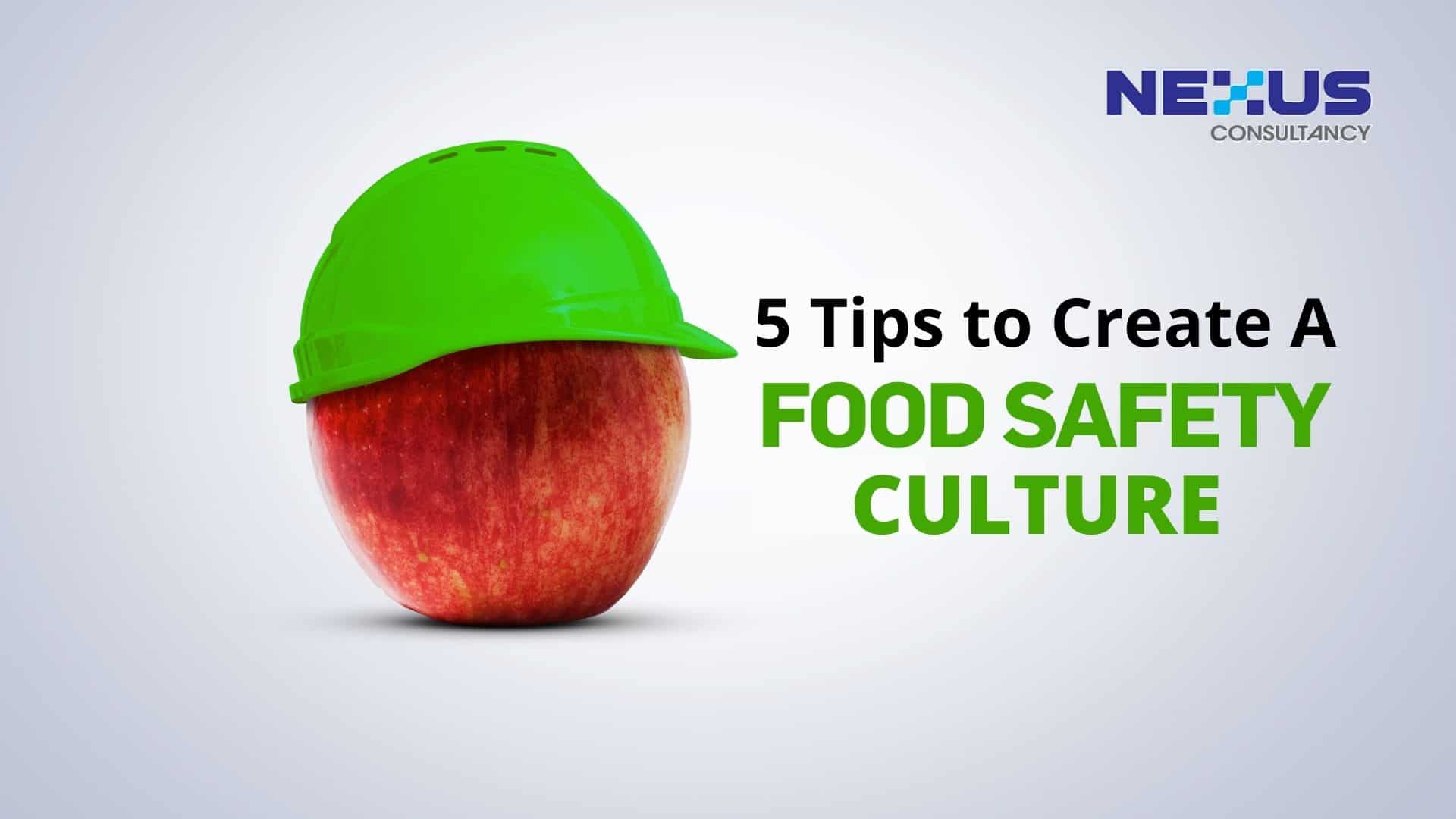
Bella Lim
Management Consultant
Food safety procedures must be in place to foster a strong safety culture.
– 5 mins read

The Global Food Safety Initiative (GFSI) introduced the idea of a food safety culture in version 7 of its benchmarking requirements, bringing this topic to the forefront, since the GFSI is the driving force behind a wide range of certification schemes, from IFS and BRC to FSSC 22000 and beyond.
What is Food Safety Culture?
Food Safety Culture refers to the specific culture of a facility: the attitudes, beliefs, practices, and values that determine what is happening when no one is watching. An organisation with a strong positive food safety culture demonstrates to its employees and customers that making safe food is a priority.
Having the right food safety culture has clear advantages in terms of brand reputation, business continuity and the avoidance of recalls and potential lawsuits. However, culture can also shift operations from a reactive to proactive mode, allowing them to stay ahead of food safety best practices as well as regulatory and customer requirements. So, where do we begin?

1. Start at the Top
The first step towards adopting a food safety culture is management commitment. The owner and management team should lead by example by demonstrating food safety is a priority and must be taken seriously by every employee, during every shift, and with every meal. Develop a corporate culture that emphasizes safety, cleanliness, and the importance of adhering to well-established food safety protocols, ensuring that employees work continuously towards the food safety mission that have put into place.

2. Explain Why
A robust food safety cultures requires creating awareness among the employees to help them to understand the importance of food safety. At its core, you want your employees to understand not just what they’re doing and how they’re supposed to do it, but why they’re doing it. Explain why it’s so critical to follow each specific protocol so they understand the reason behind the rules and will be more likely and willing to comply.

3. Provide Ongoing Food Safety Training for All Staff
Provide on-going food safety training for all staff is the next step towards a positive food safety culture. Train new employees immediately and emphasize why food safety is—and will continue to be—a huge priority for your organization. Training and education are as essential and important for senior managers, middle managers, and supervisors as it is for frontline employees. Each group has its own food safety-related training needs. Provide continuous updates and refresher courses for all staff to keep the food safety “rules” top-of-mind.

4. Getting Involved
A strong food safety culture can be achieved by empowering a competent employee. Empowerment starts with engagement, getting people involved and keeping them involved. Employees at all levels play a part in the decision-making process and giving solutions to reduce food safety risks. Doing this gives teams ownership of food safety and sense of responsibility for their actions.

5. Measure the success
In addition to the above-listed actions, we need to know how we are going to measure the success of implementing positive food safety culture. For these, we can collect data that is measurable and aligned with the organization’s food safety priorities to help drive continuous improvement. For instance, observing employee behavior when following standard procedures; reviewing audit results; evaluating the frequency of customer complaints and how they were resolved; reviewing documentation of corrective actions that have been taken in the business; assessing employee knowledge of food safety best practices and assessing employee understanding of food safety goals and priorities of the company are some examples of what and how we can measure.
In Conclusion
Cultivating a food safety culture is a never-ending process. In fact, it might take years of dedication and hard effort from all levels of a business. Food Safety System Certification (FSSC) scheme provides an excellent framework for the organizations who wish to implement or enhance a strong food safety culture. Tools like the FSSC 22000 guidance document ‘food safety culture’ can help overcome the issue that culture might feel like an abstract concept that is more difficult to put into practice.
What Is Food Safety Culture and Why It Matters More Than Ever
Chief Operating OfficerLearn why food safety culture is a must-have for compliance, brand trust, and growth—backed by ISO consultants in Malaysia.In today’s competitive and tightly regulated food manufacturing landscape, compliance alone is no longer enough. To...
Why Proactive OSH Legal Compliance Is Good for Business Reputation
Chief Operating OfficerWorried about Malaysia’s OSH Act penalties or workplace audit readiness? Discover how proactive OSH compliance builds trust, reduces fines, and supports ESG goals.In today’s competitive market, companies are judged not just by their products or...
Positioning Your Brand for the Future with Strategic ESG Reporting in Malaysia
Chief Operating OfficerLooking to strengthen trust, investor appeal, and brand leadership in sustainability? Learn how ESG reporting in Malaysia is powering business growth. Start your ESG reporting journey with expert support!In a world where trust and transparency...
Why FSSC 22000 Certification Is Critical for Protecting Your Food Business and Brand in Malaysia
Chief Operating OfficerSecure your food business with FSSC 22000 certification! Enhance safety and compliance. Get expert help—Contact us today! In today's competitive food industry, maintaining food safety and consumer trust is essential. Food manufacturers,...










